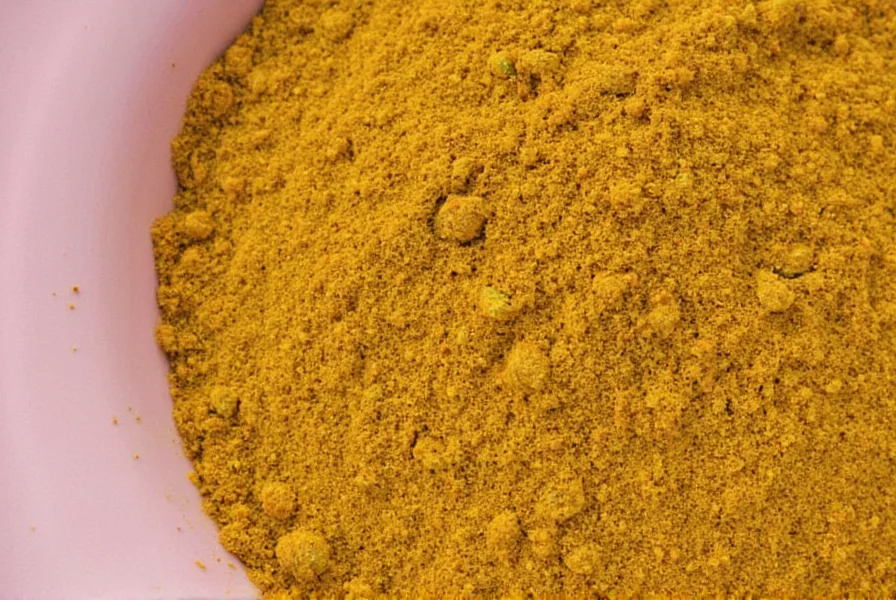Cardamom color is a key indicator of freshness, quality, and potency. Whether you're buying whole pods or ground spice, understanding what to look for ensures you get the best flavor and aroma for your cooking. Here's how to evaluate cardamom color like an expert.
How to Check Cardamom Quality by Color
Cardamom color changes based on freshness, processing, and storage. Follow these essential steps to assess quality:
| Characteristic | High-Quality Indicator | Low-Quality Warning Signs |
|---|---|---|
| Whole Green Cardamom Pods | Bright green with slight yellowish tint; smooth, firm surface | Dark brown, dull green, or uneven patches; soft/moist texture |
| Ground Cardamom | Consistent golden-brown hue; fine, uniform powder | Pale yellow, grayish, or speckled; coarse texture |
| Black Cardamom Pods | Uniform dark brown to black; intact, uncracked shells | Greenish tints (underripe) or excessive charring (over-smoked) |
Pro Tip: Always combine color checks with smell and texture tests. Fresh cardamom has a strong citrus-floral aroma. If it smells musty or weak, the color alone won't save it.
Evolution of Cardamom Color Standards: A Historical Perspective
Color assessment has transformed from subjective market evaluations to scientific measurement. Understanding this progression reveals why modern color standards matter:
- Pre-1950s: Traders relied on visual inspection under natural light in spice markets like Kochi and Dubai. Consistency varied significantly by region and individual expertise.
- 1950-1980s: Mechanical color sorters emerged but couldn't differentiate subtle quality variations in ground cardamom, leading to inconsistent grading.
- 1990s-2000s: The Spices Board of India established the first objective color parameters in their Quality Control Manual, introducing CIE Lab values (L* 40-50, a* -5 to 0, b* 20-30 for green pods) as measurable benchmarks.
- Present: Digital colorimeters and AI-powered sorting systems now provide lab-certified reports, enabling traceable quality verification for global exporters.
Source: Spices Board of India, Quality Control Manual for Spices (2010), Section 3.2.
Why Color Matters for Culinary Use
The right cardamom color directly impacts your dishes:
- Indian desserts (kheer, gulab jamun): Golden ground cardamom creates a natural, appetizing hue without artificial coloring
- Chai tea: Vibrant green pods release rich golden-brown infusion when brewed properly
- Baked goods: Consistent color ensures even flavor distribution in pastries and breads
Contextual Limitations: When Color Isn't the Primary Indicator
While color is generally reliable, these specific scenarios require adjusted evaluation criteria:
- Scandinavian baking: In recipes like kanelsnurror (cinnamon buns), ground cardamom's color becomes irrelevant after baking. Chefs prioritize aroma over visual cues since the spice integrates into the dough's golden-brown crust (King Arthur Baking, 2022).
- Middle Eastern coffee: Traditional Saudi coffee preparation involves boiling crushed pods until the liquid turns dark brown. Here, color assessment is impossible—reliance shifts entirely to fragrance intensity and absence of smokiness (Saudi Aramco World, 2000).
- Industrial spice blends: In garam masala production, cardamom color matters less than overall blend consistency. Final appearance depends on ratios of turmeric and chili, making individual spice color secondary to flavor balance.
Source references: King Arthur Baking: Cardamom Buns Technique, Saudi Aramco World: Coffee and Cardamom Traditions.
Storage Guide to Preserve Cardamom Color
Color degradation happens quickly with improper storage:
- Whole pods: Store in opaque, airtight containers away from light and heat. Lasts 12-18 months
- Ground cardamom: Use within 3-6 months. Keep in small, dark glass jars to minimize oxidation
- Never store near stoves, windows, or humid areas like dishwashers
Frequently Asked Questions
Why does cardamom color change over time?
Exposure to light, heat, and oxygen causes oxidation. Whole pods turn brownish when over-dried, while ground cardamom fades from golden to pale yellow. Proper storage in opaque containers prevents this degradation.
Can I trust color alone to judge quality?
No. Always check texture (dry/brittle pods) and smell (strong citrus-floral aroma). Dull color with weak scent means stale spice, regardless of appearance.
Does black cardamom follow the same color rules?
Yes, but with different benchmarks. High-quality black cardamom should have uniform dark brown/black color with no cracks. Avoid pods with greenish tints (underripe) or excessive charring (over-smoked).











 浙公网安备
33010002000092号
浙公网安备
33010002000092号 浙B2-20120091-4
浙B2-20120091-4